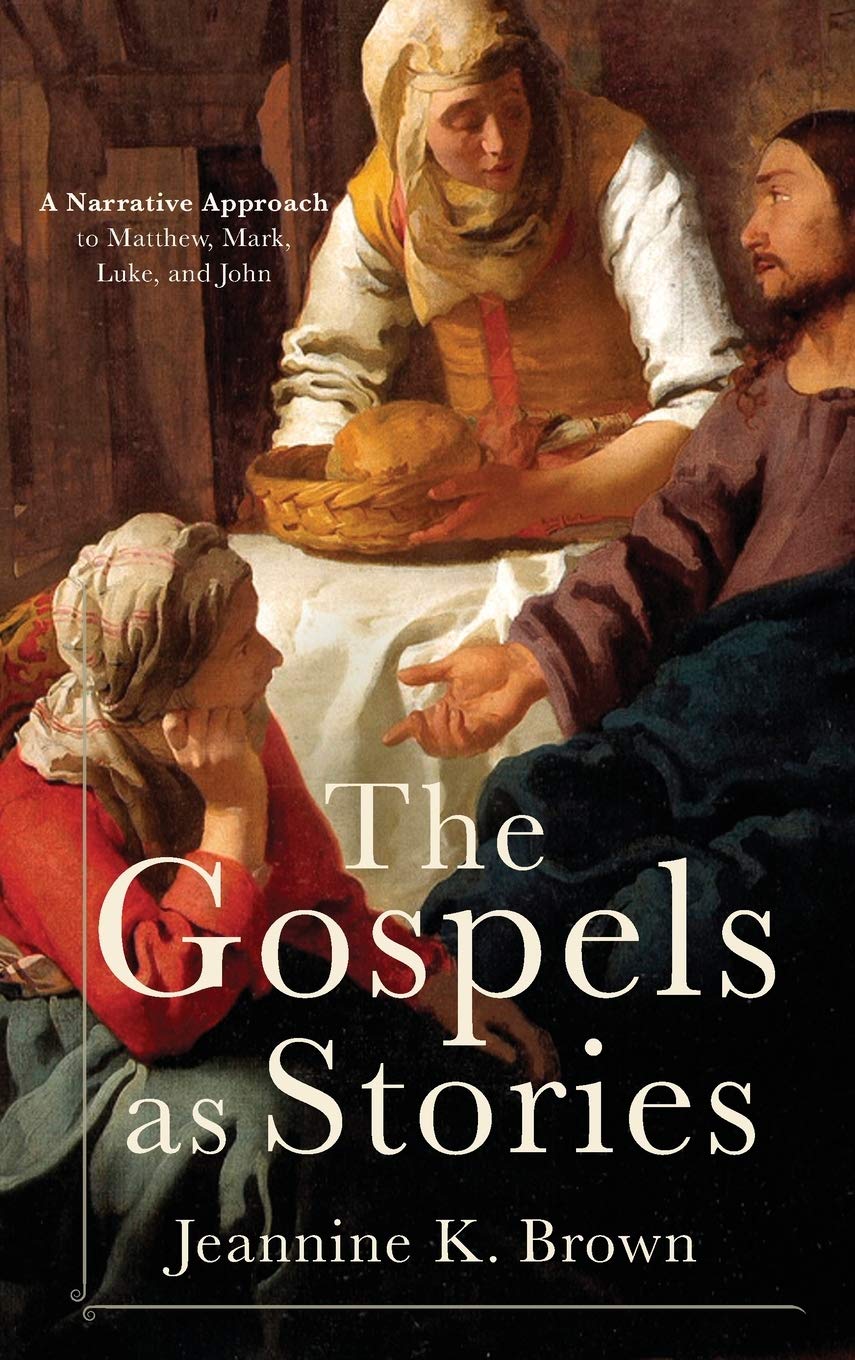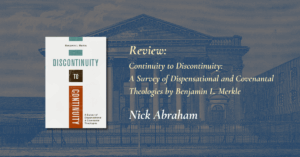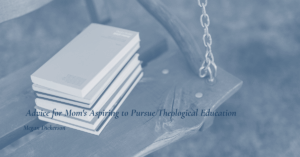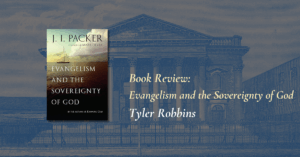Brown, Jeannine K. The Gospels as Stories: A Narrative Approach to Matthew, Mark, Luke, and John. Grand Rapids, MI: Baker Academic, 2020. 224 pages. Softcover. ISBN: 9780801049842. $21.99.
Preaching or teaching through the Gospels is a difficult task, especially when there is a pressure to be comprehensive of the life of Christ. For instance, Jesus famously makes seven statements from the cross, but the four Gospels record the words of Christ in ways peculiar to each Gospel writer. With the exception of Matthew and Mark, no saying is repeated in another source. One option is to try to recreate the “whole” story by piecing together information from all four Gospel books. However, there is a better way. Recent work in Gospels scholarship has helped to articulate the literary sophistication of reading each of the Gospels as cohesive narratives—that is where Jeannine Brown (PhD, Luther Seminary) comes in.
In her new book The Gospels as Stories: A Narrative Approach to Matthew, Mark, Luke, and John, Brown helps orient readers to the narrative shape of the Gospels because, “Reading the Gospels for their story line is not only organic to their form but also immensely helpful for hearing what these writers wanted to communicate about Jesus and what they wanted their audiences to experience” (183). Brown has over twenty years of experience as professor of New Testament at Bethel Seminary and is deservedly well-respected in the world of Gospels scholarship. She’s contributed to numerous volumes in Gospels literature, with commentaries and a monograph on the Gospel of Matthew. Therefore, when she writes a relatively short introduction to narrative criticism—defined as “[attending] to the literary and storied qualities of a biblical narrative” (11)—readers should pay close attention.
This book’s greatest quality is its clarity. It is neatly arranged in six parts to introduce narrative-critical principles, loaded with examples of how the tools work when applied to individual Gospel accounts. Part 1 offers an overview of the history of critical approaches to the New Testament. Part 2 consists of two chapters: one about narrative plotting and one showing how the Gospel of Luke is framed and told. Part 3 is a couplet of chapters about characterization: one describing the tools and one putting the tools to work on the characters of the Gospel of Matthew. Part 4 is about intertextuality—how texts use prior texts—with a chapter introducing some key concepts, followed by a chapter that models the concepts in the Gospel of John. Part 5 is a masterful introduction to narrative theology: a chapter explaining how narratives communicate theological truth and a chapter demonstrating how the author of the Gospel of Mark theologizes through his story. Finally, Part 6 briefly summarizes the key ideas of the work.
I did not find much in the book to be especially controversial or objectionable. It is a fair and balanced introduction to narrative criticism with numerous examples and relatively few footnotes. Brown engages other scholarship where it is helpful to corroborate her points or to illustrate where scholars have differed, but Brown fills each chapter with sound instruction on key elements of narrative analysis of the Gospels. She limits her discussion to narrative criticism of the Gospels, though I would be interested to know if and how this task might be applied to other narrative portions of the Scripture outside of the Gospels.
Brown’s chapters eight and nine on narrative theology, or how the Gospel writers “theologize” through narrative, is especially good. In it she explains how “each evangelist is reflecting intentionally and theologically on the Jesus story,” and how the story form is the proper mode for theologizing because “it allows for greater levels of tension without sacrificing coherence” (148-149). One question that Brown did not address is how theological presuppositions influence how readers discern the theology of the Gospel narratives. For instance, how might prior creedal or confessional commitments influence what theological motifs are found in the narrative? Perhaps she would say that the reader should suspend such presuppositions and allow what is organic in the story to shape one’s theology. She does assert that we should be wary of expressing doctrines as propositions, if doing so suppresses the tensions, complexities, or mysteries that may have been intentionally plotted in the story (150). In her view, this is a way of pushing back against a modernist preference for abstraction (152).
The book is filled with valuable insights for study and personal edification. For instance, I never considered just how pervasive is the theme of the disciples’ misunderstanding of Jesus’s teachings. Brown exposes this theme in Matthew’s Gospel and indicates the hope that is intended in Jesus’ final words to them in what we know as the Great Commission: “Go and make disciples of all the nations, baptizing…and teaching them to observe all that I have commanded you” (Matthew 28:19 ESV). The disciples had misunderstood Jesus at almost every turn in Matthew’s account: they did not understand the parables, they did not understand Jesus’ anticipated suffering, they abandoned him at his arrest. Yet these are the human subjects entrusted with perpetuation of the message of Christ and the expansion of the kingdom of God on earth (96). Even though I have heard dozens of sermons on this text, I had never considered it from that perspective. Brown’s assessment of how narrative criticism’s attention to characterization is just one jewel I have treasured from the book. Throughout my reading, I thought to myself, “I can pay attention to these narrative cues like she says. Why haven’t I done this intentionally before now?”
This book is very clearly presented. Brown’s prose is elegant, the glossary at the end is convenient, and her inclusion of charts throughout each chapter make for an excellent reading experience. While this book does not explicitly interact with confessional, Baptist, or analytic theology, the faithful and thoughtful presentation of the material is friendly to each of those sensibilities. Readers attuned to such categories will find reasonable and clear instruction for reading the Gospels in a way that is sensitive to their genre and literary structure.
I believe any pastor preparing to preach through one of the Gospels will be greatly helped by this volume. Scholars looking for an introduction to narrative criticism will find in this book exactly what is needed. Thoughtful laypersons who desire to expand their own understanding of how the Gospels communicate the life of Christ will find this book both challenging and edifying. I highly recommend the book.
Editors Note: The London Lyceum confesses the 2LCF. If the content of the book rejects the 2LCF at any point, we find reasons for concern and the need for revision. However, it is not the mission of the London Lyceum to always publish work that agrees with our confession of faith. We seek to generate thinking and foster an intellectual culture of charity, curiosity, critical thinking, and cheerful confessionalism.
Author
-

Garrett Walden (ThM, The Southern Baptist Theological Seminary) is General Editor for Particular Baptist Heritage Books, in addition to serving as an editor for The London Lyceum and Hanover Press. He's also a farmer in Alabama with his wife and five kids, where he continues to serve his church and research early Baptist history and theology.
View all postsRecent Posts




